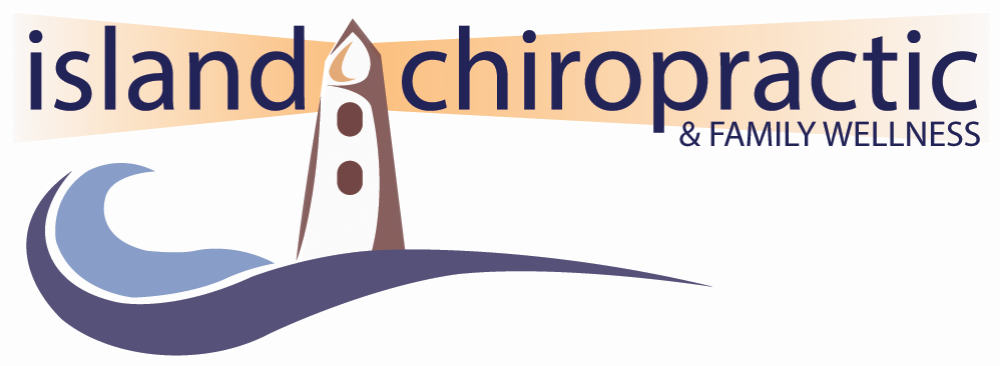Chiropractic treatment focuses on the spine, muscles and joints of the body and their relationship with the nervous system. Mechanical pain is pain associated with the function or dysfunction of joints and muscles. Because of the relationship of the spine and nervous system some cases of mechanical neck and back dysfunction and pain may involve irritation of the nerves exiting the spine. Irritation of the nerves may cause symptoms of pain, numbness, tingling, burning, and/or weakness in places other then the area of dysfunction. With mechanical dysfunction in the neck symptoms may be felt into the arms. Likewise, symptoms in the legs may be associated with mechanical dysfunction in the low back.
A centralization of symptoms is when the symptoms move closer (proximal) to the spine - indicating an improvement in function. A peripheralization of symptoms is when the symptoms move further from (distal) the spine – indicating worsening.
This brings us to directional preference. If a repeated movement or sustained position produces an improvement of function or symptoms it shows a directional preference. In the case of low back pain causing symptoms into the leg a centralization of symptoms shows a directional preference.
In today’s world people spend a lot of time sitting, slouching, driving, working on computers or phones and not enough time moving. This is probably the number one cause of pain we see in our office. This puts the spine and hips into a flexed position and shoulders an internally rotated position. This isn’t inherently bad but overtime leads to dysfunction which compromises out tissues and can lead to pain. Often repeated of sustained positions in the opposite direction with help improve function of tissues and relieve symptoms.
Back to the case of low back pain. The opposite direction of flexed hips and low back is hip and low back extension. Hip extension may look like a lunge position with the symptomatic side leg extended behind us. Low back extension is bending backwards or a position like upward dog in yoga. People often do this instinctively because it feels good. But then they go right back to the cause of the pain. Sometimes these positions are initially sore because the comprised tissue and dysfunction won’t allow aus to perform this movement. It's okay to feel pain when we begin these movements but we should keep the pain at a manageable level and the pain should return to baseline or improve when we come back to our resting or starting position. The pain improves we can start to use larger ranges of motion.
As much as we can we must try to avoid or interrupt the cause of the pain. On top of that we can move into the direction that improves symptoms more frequently in the day.
It’s best to consult a chiropractor to have a full assessment of your neck or back pain. On top of manual therapy, chiropractors should be prescribing a specific set of exercises to help you recover from injury.
To book a session with Dr. Shaun or Dr. Jen click HERE.
**Disclaimer
None of the information provided on this website should be substituted for medical evaluation, diagnosis, or treatment from a licensed healthcare practitioner.

